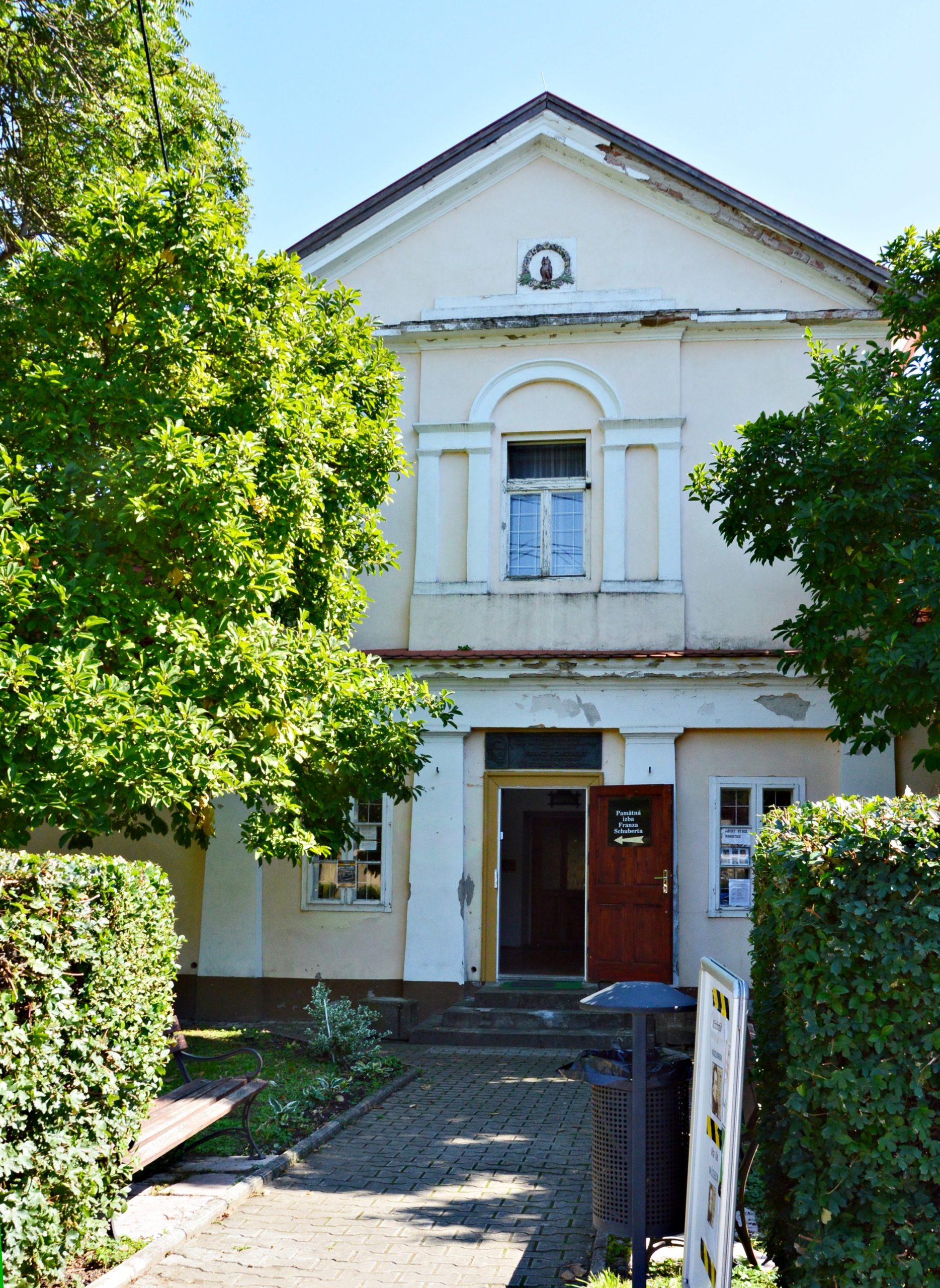Owl’s castle
On the ground floor of the building, in the kitchen of the time, in the years 1842 – 1943 there was also a chef and world-famous confectioner from Vienna Franz Sacher, who during these years, at the invitation of the widow Ján Karol Esterházy, namely Countess Rozina Esterházy de Galantha (1784 – 1854), he also worked as a kitchen chef in a nearby local mansion. The owl’s castle got its name after the still visible depiction of the owl as a sign of wisdom, on the front of the castle. At present, the owl castle is used as a museum, where the visitor can see exhibits from the Neolithic period, the time of the Roman Empire, II. World War II and the near past. Upstairs is the memorial room of Franz Schubert with his personal belongings and private correspondence.

